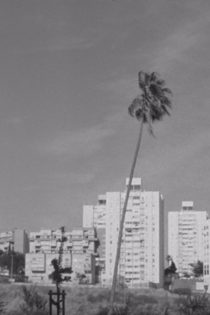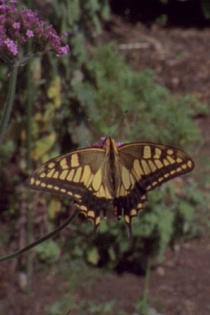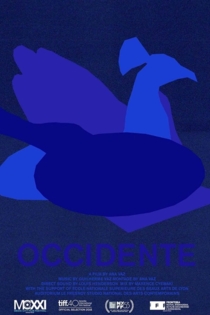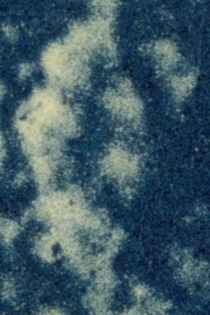
Ana Vaz
1986 (39 лет)Ana is also a founding member of the collective "Coyote" along with Tristan Bera, Nuno da Luz, Elida Hoëg and Clémence Seurat, a cross-disciplinary group working in the fields of ecology, anthropology, ethnology and political science through an array of crosscutting platforms.
Her films are distributed by Light Cone
& the Canadian Filmmaker Distribution Centre.
Olhe Bem As Montanhas
Ana Vaz
“Look closely at the mountains!”: the phrase was coined by artist Manfredo de Souzanetto during Brazil’s years of dictatorhsip. Mining activities were destroying the environment in the state of Minas Gerais in the south west of the country. Through editing, Ana Vaz draws parallels between this region and the very distant Nord-Pas-de-Calais in northern France, also marked by over three centuries of mining. On one side, eroded mountains plague its inhabitants with deadly landslides. Hollow and gutted, these mountains become the receptacles of a ghostly memory. On the other side, in France, mining waste stacks become mountains and reservoirs of biodiversity, where the frontier between nature and technology is now indiscernible.
Look Closely at the Mountains

Apiyemiyekî?
Ana Vaz
Apiyemiyekî? addresses the genocide of the Waimiri-Atroari people in 1970s, when during the Brazilian dictatorship indigenous lands in the mid-west were invaded for the construction of the national road BR-174 and the installation of a mining company. Illustrations about the period, created by the indigenous population, including children, reveal a traumatic history, referring us to the present day.
Apiyemiyekî?
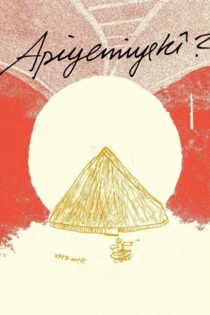
A Idade da Pedra
Ana Vaz
Ivonete dos Santos Moraes
A voyage into the far west of Brazil leads us to a monumental structure - petrified at the centre of the savannah. Inspired by the epic construction of the city of Brasília, the film uses this history to imagine it otherwise. "I look at Brasília the way I look at Rome : Brasília began with a final simplification of ruins". Through the geological traces that lead us to this fictive monument, the film unearths a history of exploration, prophecy and myth.
The Age of Stone
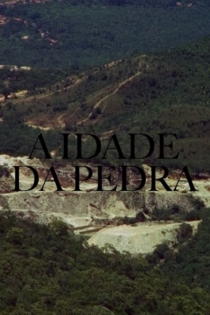
Un Film, Réclamé
Ana Vaz, Tristan Bera
The ecologic crisis is a political, economic and social crisis. It is also cinematographic, as cinema coincides historically and in a critical and descriptive way with the development of the Anthropocene. A Film, Reclaimed is a conversation, an essay that reads the terrestrial crisis under the influence and with the help of the beautiful and terrible films which have accompanied it.
A Film, Reclaimed

Entre Temps
Ana Vaz
Mona Dolphin, Ana Vaz
A meditation and a reverie upon a city at once real and imagined. Conceptualized as a documentary on the ZUP buildings in France, the film has instead found form as poetic & expansive confrontation with the psychogeography of a contemporary Europe in crisis. A requiem for a city dreamt between its past and present.
Entre Temps
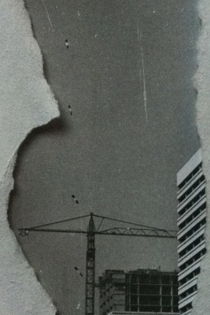
Amérika: Bahia de las Flechas
Ana Vaz
It is said that in the year of 1492, the first European ship led by Christopher Columbus, disembarked on the coast of Samaná, present-day Dominican Republic, and was received by a rain of arrows carefully plotted by the Caribbean Taíno. Presently, a saline lake named after the Taíno chief Enriquillo witnesses profound eco-systemic changes leading to species migration, forced evacuation and an expanding choral desert revealing the lake’s geologic past. Taking the camera itself as an arrow, a foreign body, Amérika: Bay of Arrows looks for ways in which to animate, to awaken, to make vibrate again this gesture in the present - arrows against a perpetual “falling sky”.
Amérika: Bahia de las Flechas

Sacris Pulso
Ana Vaz
Cláudia Pereira, Ana Vaz
Sacris Pulso departs from the dismemberment of another film, "Brasiliários". This film is an interpretation of Clarice Lispector's chronic "Brasília", her vision of the modernist capital, as it is the film which marks the encounter of my mother, playing Lispector, and my father, composer of the film's sound score. Through the juxtaposition of "Brasiliários" with a series of reassembled found footage, the film takes the form of a voyage of remembrance and imagination, of a past and future time dreamt between personal and collected materials, between memory and fiction.
Sacris Pulso
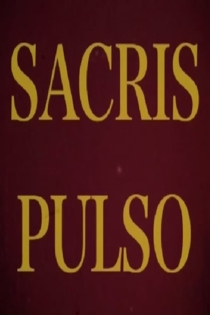
Deux Soeurs Qui Ne Sont Pas Soeurs
Beatrice Gibson
Adam Christensen, Basma Alsharif
Based on Gertrude Stein’s eponymously named screenplay, written in 1929 as European fascism was building momentum. Beatrice Gibson’s adaptation, set almost a century later in contemporary Paris, deploys Stein’s script as a talismanic guide through a contemporary moment of comparable social and political unrest. An original soundtrack, written especially for the film by British composer Laurence Crane, responds to the repetition, duplication and duality at play in Stein’s script. Both a fictional thriller and an act of collective representation, Deux Soeurs proposes empathy and friendship as means to reckon with an increasingly turbulent present.
Two Sisters Who Are Not Sisters

PSEUDOSPHYNX
Ana Vaz
Pseudosphinx is the scientific name of the fire-caterpillars soon to become butterfies, or as they're commonly (and auspiciously) called: witches. These butterfy-witches are associated with several myths. Pseudosphinx is at the same time sphinx, meaning inhuman chtonic monstrosity that spells charades; and pseudo, as in artificial, insincere, deceptive, unreal, illusive, mimetic. Pseudosphynx keeps its meaning veiled, like a secret kept by those who save in their retinas the haptic impression of its fight. [Punto de Vista]
PSEUDOSPHYNX

13 Ways of Looking at a Blackbird
Ana Vaz
Vera Amaral, Paula Nascimento
Taking its title from the poem by Wallace Stevens, the film is composed of a series of attempts at looking and being looked at. Beginning as a city state commission under the name and attitude of “Unschool”, the film became a kaleidoscope of the experiences, questions and wonders of a couple of high school students after a year of experiences with filmmaker Ana Vaz questioning what cinema can be. Here, the camera becomes an instrument of inquiry, a pencil, a song.
13 Ways of Looking at a Blackbird
